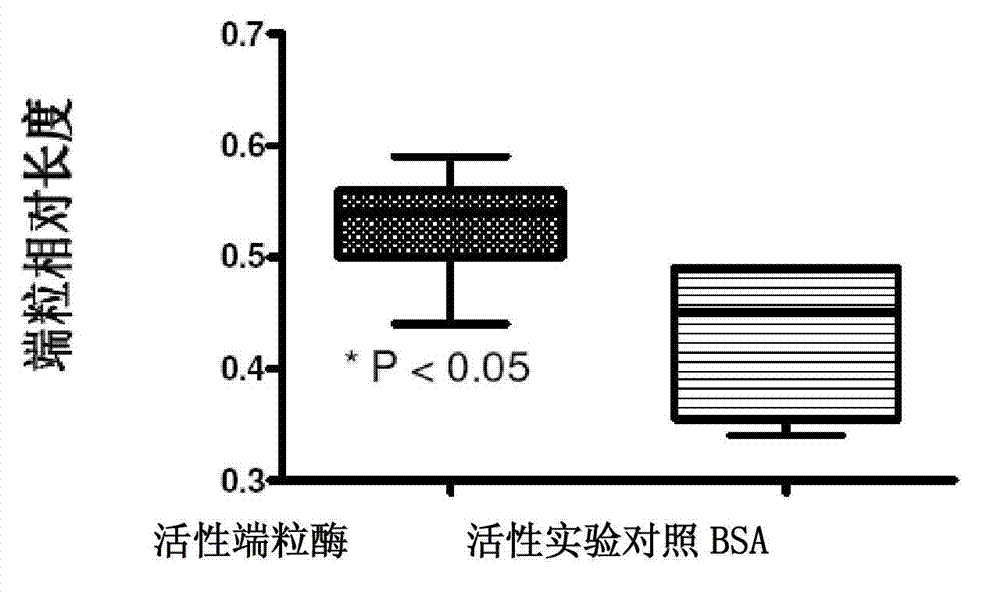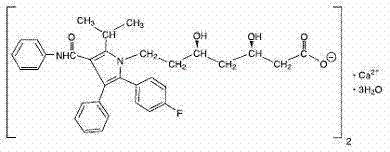Intelligent nano delivery system, preparation method and application thereof
A nanoparticle and release system technology, which is applied in the fields of respiratory system diseases, nervous system diseases, cardiovascular system diseases, etc.
- Summary
- Abstract
- Description
- Claims
- Application Information
AI Technical Summary
Problems solved by technology
Method used
Image
Examples
Embodiment 1
[0069] Nanoparticle preparation and determination of characterization parameters.
[0070] Polylactic acid-glycolic acid copolymer (PLGA) (90 mg; 50:50, viscosity 1.3) was dissolved in 3 ml of chloroform, and dimethyl tartrate or diester of tartrate (density 1.2 g / ml) was dissolved in the above polymer solution. Bovine serum albumin (BSA) (30 mg) was dissolved in 300 microliters of water, vortexed and mixed for 1 minute, the protein solution was emulsified in the above PLGA solution, and then at a power output of 55 watts, the probe was used for ultrasonic dispersion 2 minute. At the same energy output setting, vortex mixing and ultrasonic dispersion for 2 minutes, the emulsion is further emulsified into 12 ml of 2% polyvinyl alcohol (PVA) solution (the average molecular weight of PVA: 30,000-70,000). The PVA solution was filtered through a 0.22 micron syringe filter and saturated with chloroform before use. Add a few drops of chloroform to the PVA solution, shake well, and t...
Embodiment 2
[0073] Preparation of human telomerase nanoparticles, cell delivery and determination of chromosomal telomere DNA length extension activity.
[0074] The PLGA nanoparticles containing human recombinant telomerase or hTert protein are prepared by using a double-emulsion solvent evaporation technique, and the preparation process is the same as in Example 1. In this embodiment, telomerase holoenzyme and telomerase hTert catalytic protein subunits are respectively encapsulated in a biodegradable PLGA polymer to prepare nanoparticles. The telomerase component of transfected human fibroblasts is slowly released, which therapeutically extends the length of cell chromosome telomeres.
[0075] The fibroblasts (ATCC, SCRC-1041) to be transfected were seeded in 4 6-well plates (cell density 1.4 × 10 5 Cells / wells), the air contains complete growth medium (containing 15% V / V serum), each nanoparticle sample is placed in 3 wells, and cells of the same density are seeded in the wells witho...
Embodiment 3
[0080] Preparation and sustained release characteristics of SOD nanoparticles.
[0081] The preparation of superoxide dismutase (SOD) nanoparticles containing dimethyltartaric acid (DMT) is the same as the preparation of BSA protein nanoparticles (see Example 1). In general, 10% of DMT is used in nanoparticle preparations; the loading of SOD in nanoparticles is calculated by measuring the content of SOD that is not encapsulated by nanoparticles. For this reason, the cleaning solution generated during the preparation of nanoparticles should be collected and analyzed separately, and the SOD enzyme activity in the sample should be measured and calculated separately using a standard SOD enzyme activity detection kit. The load of superoxide dismutase nanoparticles is 4.5%, and the encapsulation rate is 75% (that is, 75% of the supplementary protein is encapsulated in the nanoparticles).
[0082] In order to prove the sustained-release properties of nanoparticles, the inventors of th...
PUM
 Login to View More
Login to View More Abstract
Description
Claims
Application Information
 Login to View More
Login to View More - R&D
- Intellectual Property
- Life Sciences
- Materials
- Tech Scout
- Unparalleled Data Quality
- Higher Quality Content
- 60% Fewer Hallucinations
Browse by: Latest US Patents, China's latest patents, Technical Efficacy Thesaurus, Application Domain, Technology Topic, Popular Technical Reports.
© 2025 PatSnap. All rights reserved.Legal|Privacy policy|Modern Slavery Act Transparency Statement|Sitemap|About US| Contact US: help@patsnap.com



